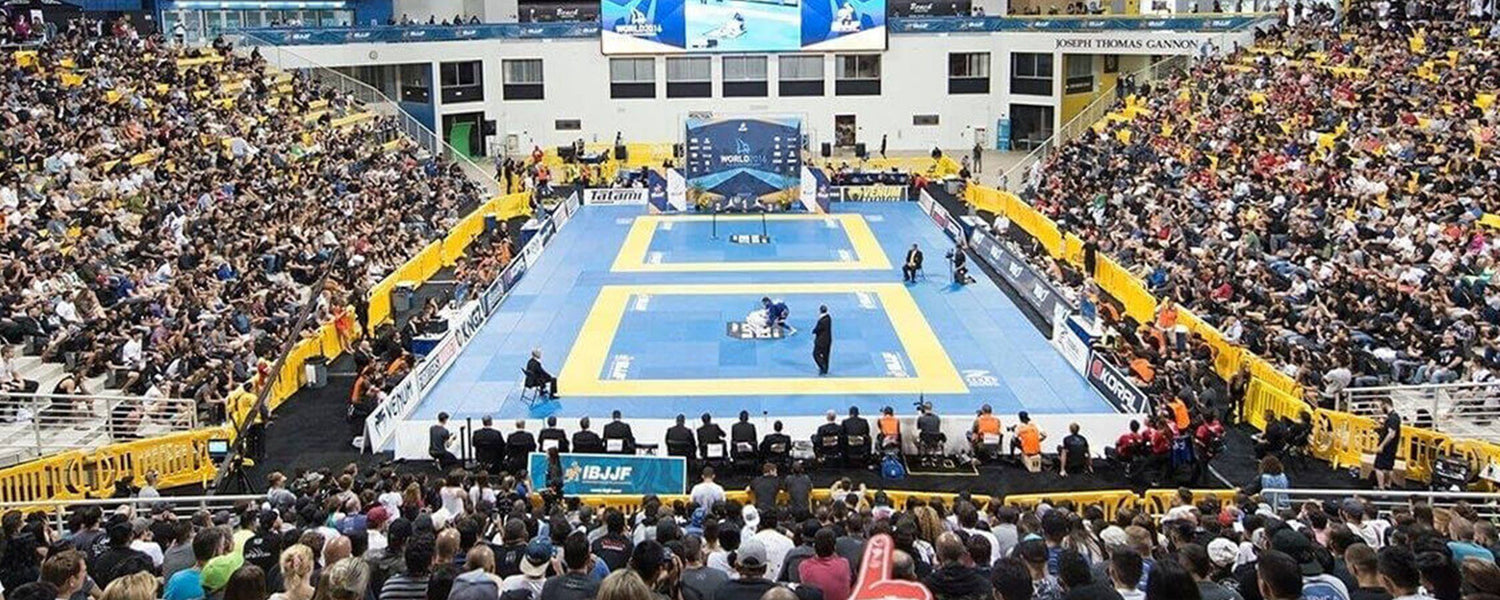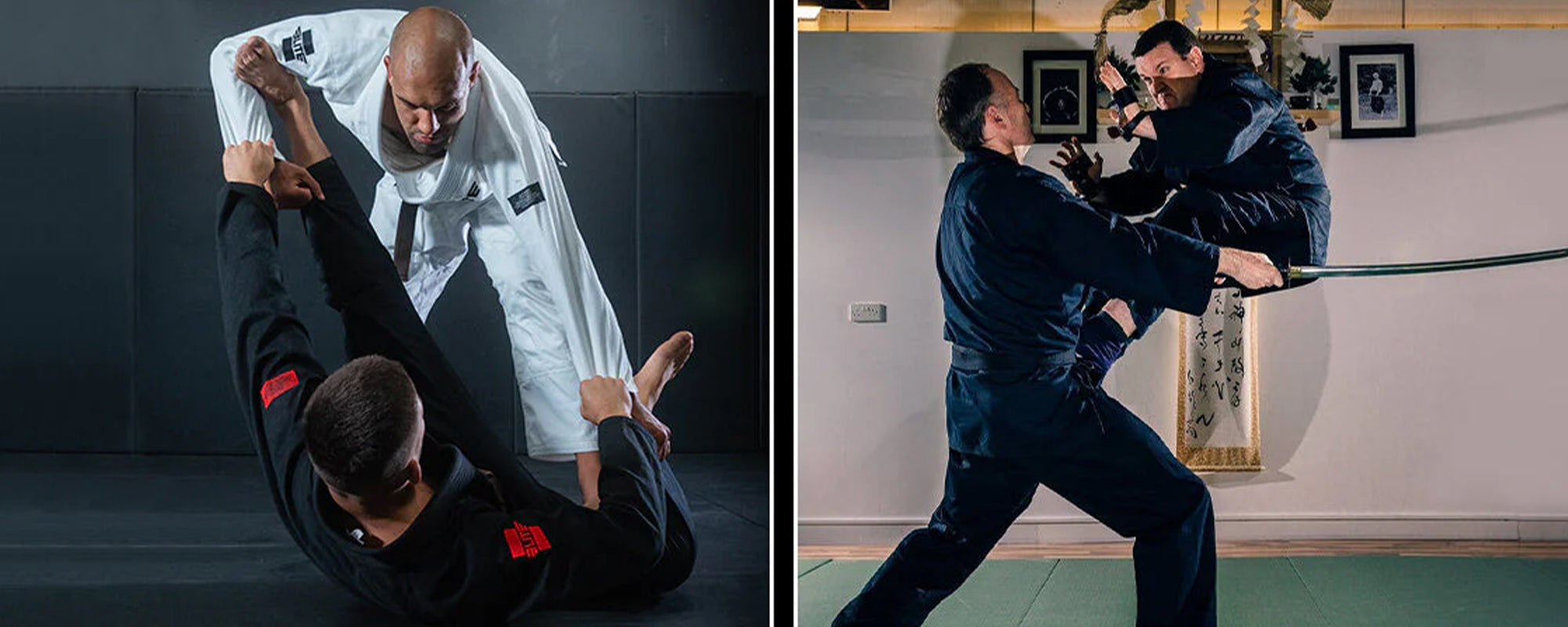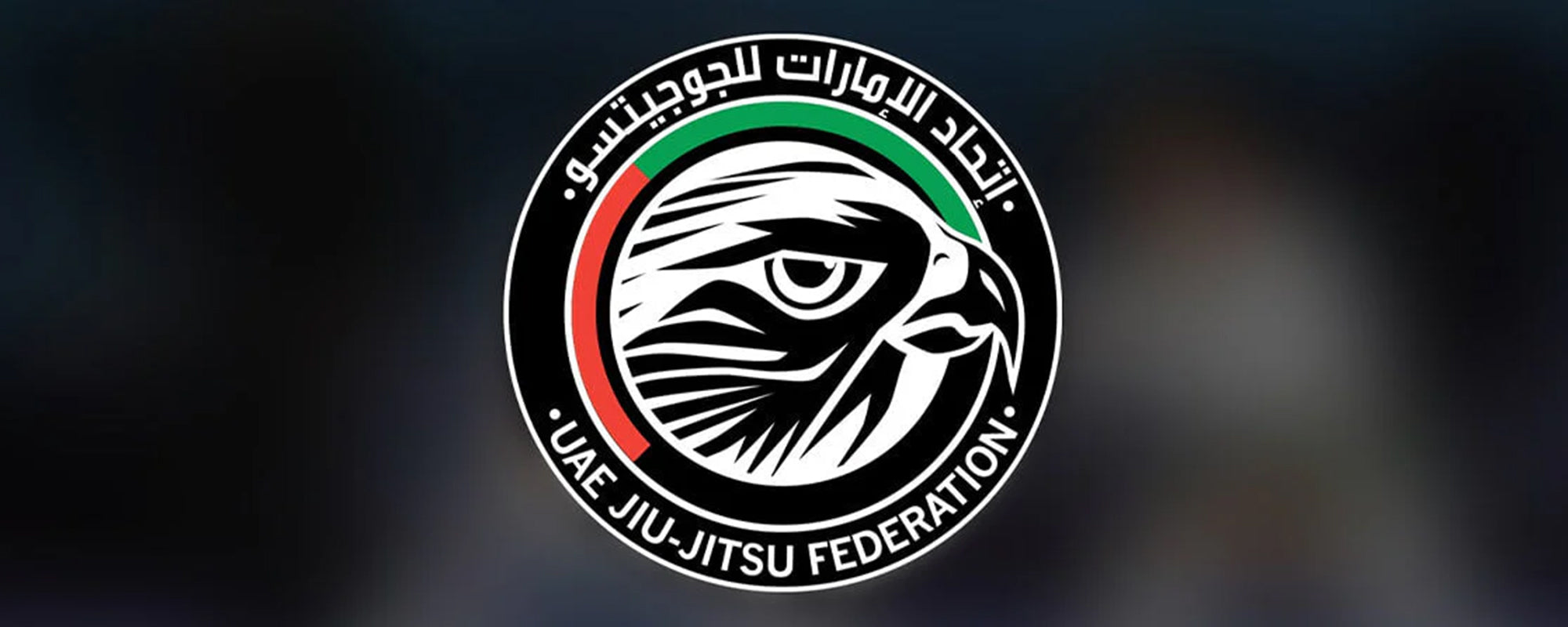Table of content
1. IBJJF Tournaments
International Brazilian Jiu-Jitsu Federation (IBJJF) is an international organization which arranges BJJ tournaments all over the globe. IBJJF organizes the world’s largest and most famous tournaments.
To prepare for IBJJF BJJ Tournament, one must keep the following guidelines in mind:
2. Competition Rules
- No slamming, punching, or hair pulling is allowed during the fight.
- Players must behave respectfully to each other and the referee.
- In case the points get tied at the end of the match, the referee's decision is considered final and no one can argue with him.
- Stalling the time to win the match is not allowed. The referee can even disqualify the player.
- Referee does not give any points to the player if he lands in the exact same position as he was at the start of the move.
- After stepping on the mat, the match has started and there is no going back.
- No extra time is given to tie the belt.
- Players must pay attention to cleanliness as the game involves physical contact.
- If a player escapes from a sweep by thrusting his rival back to the ground, he does not get any points.
- No accessories are allowed during the fight except IBJJF’s allowed uniform.
2.1. Submission
The easiest way to win an IBJJF match is by inducing submission over your opponent. It can be brought down by many types of guards, sweeps, and other positions. By choking your rival and eliminating any chance of his movement will force him to submit. Chokes cause immense pressure and hinder respiration. The referee has the authority to end the match if he thinks that the player is in serious danger.
2.2. Length of Gi
Gi is a must-have item. Only Gis of white, black, and royal blue color is allowed. The length of the Gi must not exceed the player’s thigh and its sleeves must not be greater than 5 cm from the player’s wrist.
Sometimes to win, players use Gi of a very different fabric and it counts as cheating. This allows less grip and that is why it is considered illegal. The standard type of fabric for Gi is cotton.
2.3. Belt
As per the rank of the player, a belt of 4-5 cm in width is used. The belt should be placed around the waist two times and secured with a double knot. The double knot ties the Gi so it does not break free during the fight. If the belt comes out of its place, the referee can allow the player to tie it.
3. IBJJF Scoring System
| 2 Points | 3 Points | 4 Points |
|---|---|---|
| Knee on Belly | Guard Pass | Back Mount |
| Sweeps | Back Control | |
| Takedown | Mount |
3.1. Advantage point
Advantage point is awarded when a player is not successful in holding his opponent in a position for 3 seconds. The player will be granted points for implementing and nearly completing the move even if his rival breaks out of it before 3 seconds.
In case the scores of fighters get tied at the end of the match then the referee grants advantage points to decide the winner. This decision is solely up to the referee.
Even if the submission is close to completion, advantage points are given to the player.
4. Fouls and Penalties
Fouls and penalties are given due to the inactivity of fighters.
4.1. Use of Prohibited Language and Gestures
The referee has the authority to disqualify any fighter who uses prohibited language or wrong gestures. Slams are also not allowed.
4.2. Stalling the Opponent
If any fighter stalls or avoids his rival, the referee can punish him. Stalling is acceptable to waste time and not allow your opponent to earn points. It can also result in the disqualification of the fighter.
4.3. Aggressive Behavior
It is considered a disciplinary foul. Being aggressive during fighting shows a personal grudge. Respect for your rival and the fight must be maintained at all times in the “Gentle Art” of Jiu-Jitsu.
4.4. Use of Heel Hook
The use of a Heel Hook is considered illegal by IBJJF. Any player using this move can be disqualified by the referee.
4.5. Serious Harm Must not be Intended
Biting, slamming or hair pulling is banned. Any deliberately caused harm can result in the disqualification of the player.
4.6. Illegal Moves
Following moves have been Banned by IBJJF:
- Knee Reaping
- Scissors Takedown
- Knee Locks
- Toe Hold
The following moves are allowed to the fighters according to their ranks and vice versa.
| Technique | White Belt | Blue & Purple Belt | Brown & Black Belt |
|---|---|---|---|
| Closed Guard inside Lock. | Not Allowed | Allowed | Allowed |
| Wrist Lock | Not Allowed | Allowed | Allowed |
| Heel Hook | Not Allowed | Not Allowed | Not Allowed |
| Slamming | Not Allowed | Not Allowed | Allowed |
| Calf Slicer | Not Allowed | Not Allowed | Allowed |
| Spinal Lock in the absence of choke | Not Allowed | Not Allowed | Not Allowed |
| Bending fingers backward | Not Allowed | Not Allowed | Not Allowed |
| Arm Triangle | Allowed | Allowed | Allowed |
| Toe Hold | Not Allowed | Not Allowed | Allowed |
5. Make an Efficient Game Plan
To win a tournament, players must come up with a game plan that guarantees their success. Just knowing the fighting techniques are not enough to secure victory, a fighter also needs a strategy. For that purpose, these elements are crucial when devising a game plan.
5.1. Mental Game Plan
The fighter must have a clear goal in his mind for the match. A clear mental goal translates the clear conscience of the fighter into the successful application of techniques. A mental game plan is a part of the psychological process which makes a player ready for victory. It consists of brainstorming the chances of victory by mentally analyzing the moves that the fighter is going to use. It also involves staying in a serene state of mind, especially during the intense grappling.
5.2. Physical Game Plan
Physical game plan refers to the techniques and submission attacks used in the fight. A fighter can think of any legal move possible to defeat his rival. No doubt that despite planning, anything can happen in the match. You can make the first move without waiting for your rival to make a move. It will give you an upper hand over your opponent.
For example, make a plan if your rivals decide to pull guard or if they shift to close guard. Decide how to get out of this position and gain an advantage. It will be a benefit for you as your opponent will have no time to decipher his own move.
5.3. Offensive Fighting Style
For submission of your opponent, the fighter adopts an offensive fighting style that comprises joint locks and ground attacks.
5.4. Defensive Fighting Style
BJJ is all about self-defense techniques.
Rear Naked Choke:
It is the most famous submission used in BJJ. It is a blood choke as it hinders the blood flow to the brain. When applied properly it makes the opponent unconscious. It can even cause an opponent of greater size to submit.
- It can be easily done by taking your opponent’s back.
- The fighter locks his hands around his opponent’s neck and applies pressure.
- As the blood flow to the brain is hindered, the opponent taps out or becomes unconscious, depending on the severity of the choke.
6. Conclusion
IBJJF provides a platform to every deserving fighter. It has a simple set of rules. Although it is a defensive style of fighting, joint locks and guards are used to fight offensively. It allows advantage points to the fighters for executing the difficult techniques. BJJ being a gentle art does not tolerate any offensive behavior. That is why slamming is not allowed.
Photo Credit: @dimasbramastyo












Leave a comment
This site is protected by hCaptcha and the hCaptcha Privacy Policy and Terms of Service apply.